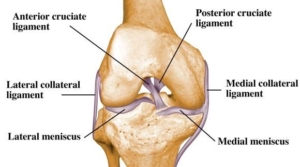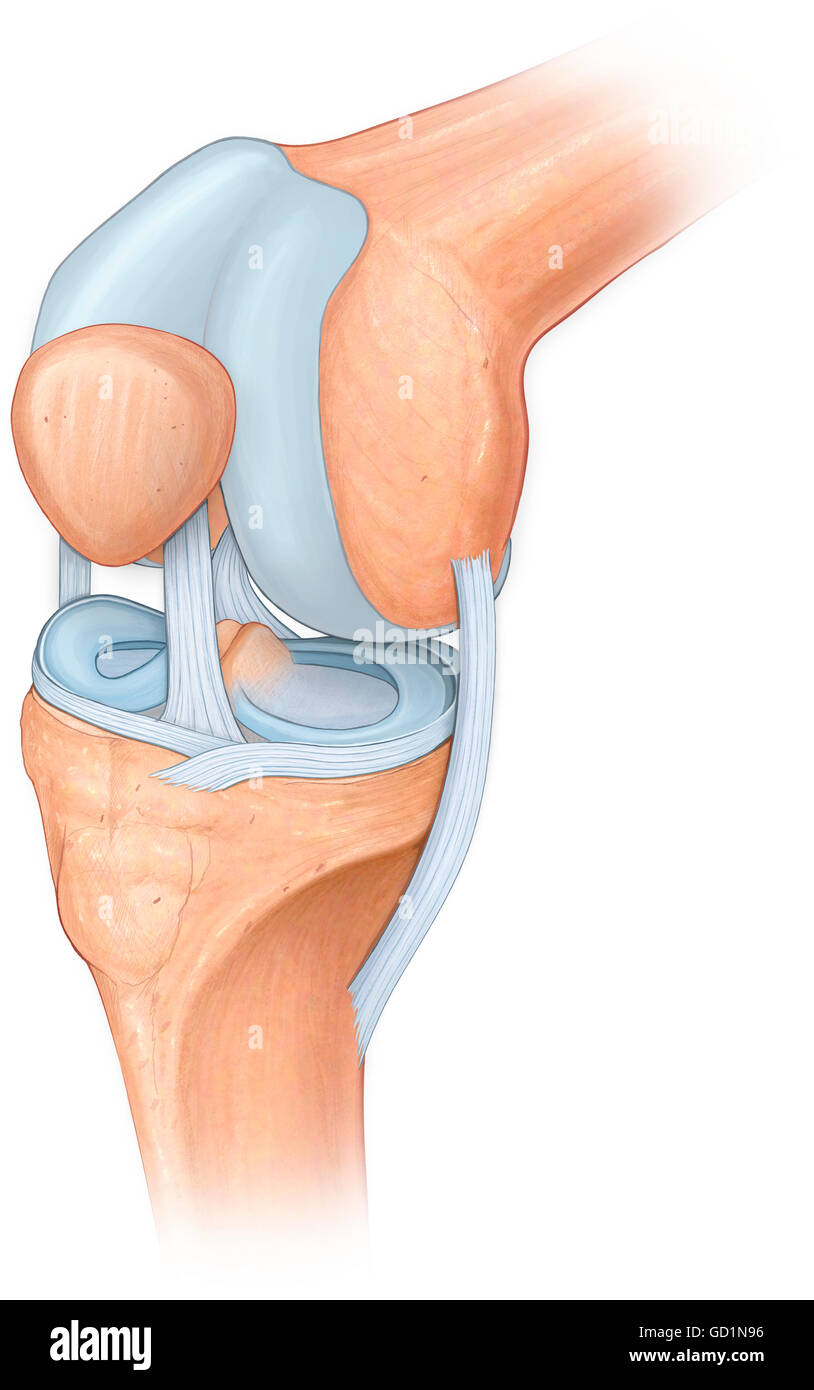


It is a fibrocartilage band on the lateral side of the knee joint and can easily be injured with torsional stress or direct force.Įach knee has a medial and lateral meniscus, consisting of connective tissue and collagen fibers. The lateral meniscus is also known as the external semilunar fibrocartilage. The menisci are tough and rubber-like to help cushion the joint and help keep it stable. Each knee has two menisci, one at the outer edge and one at the inner edge of the knee. The medial meniscus is a C-wedge shaped piece of cartilage that acts as a"shock absorber" between the femur and the tibia. The Q angle is the angle formed by a line drawn from the anterior superior iliac spine to central patella and a second line drawn from central patella to tibial tubercle. Women are at greater risk for ACL injuries than men due to their greater Q angle. Approximately half of the new ACL injuries involve injuries to the ligament, tendon, and or muscle of that affected knee. It is estimated that 100,000 new anterior cruciate ligament injuries occur in the U.S. Tearing of the ACL is the most significant injury because it leaves the knee unstable, which also causes the knee to lose its normal function. A following symptom usually includes the feeling of the knee "giving out". A popping sound or sensation may or may not be heard when the ACL first tears. A few initial symptoms include swelling, knee instability, and pain. This can come from a sudden stop or twisting motion of the knee. In about 10% of cases, the force is applied to the opposite side of the knee, and the lateral and posterolateral ligaments are torn.Īnterior cruciate ligament tear seen on MRI.Īn anterior cruciate ligament injury results from excess tension on the ligament. During the injury, the leg is laterally rotated and over-abducted. This type of injury occurs often in contact sports such as football, rugby, or motocross. The strong valgus or rotary force to the knee tears the ACL, MCL, and medial meniscus all together. Injury is most often sustained when a lateral (from the outside) force impacts the knee while the foot is fixed on the ground. The unhappy triad occurs due to a lateral blow to the knee causing a rupture in the anterior cruciate ligament, medial collateral ligament, and meniscus.
Acl mcl full#

Can't run as fast, but that might be mental/afraid to push it. 20+ years later, I've never suffered another significant injury to the knee.

I had a minor tear of both my acl and mcl in a hockey injury. When people mention that its a surgically reconstructed knee, that's usually what they mean, that the injury was significant enough that tendon replacement wasn't an option. In that case, they have to go to a mechanical device that is screwed into your legbone. Science has come a long way, but there is a significant population where the tendon doesn't bind, or the injury is too severe. A full tear means you literally cannot walk without a crutch or surgery, and if surgery fails, its permanent disability range. But a full tear doesn't mean guaranteed recovery, even with surgery. But it can survive being stretched and can strengthen around that stretch.
Acl mcl how to#
Acl mcl free#
No upcoming events Free Talk Threads NFL Subreddits Which team should I root for? Week 12 Schedule games will be shown locally? Standings AFC Follow us on Twitter is AntiCSS - read what the redesign means to r/nfl


 0 kommentar(er)
0 kommentar(er)
